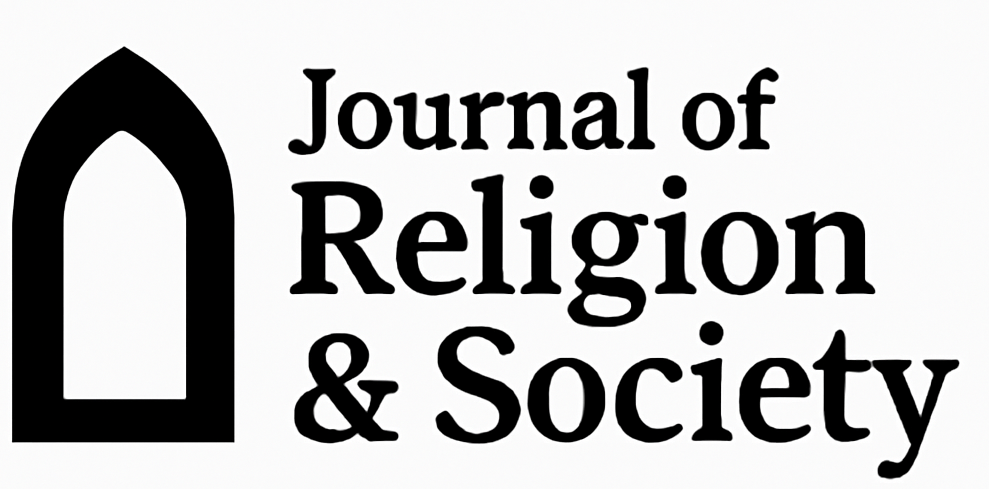A comparative study of the Hadd Zina in the light of Ma'alam ul-Irfan and Zia ul-Quran interpretations
Abstract
The purpose of Islamic Shari'ah is the welfare of humanity, moral purification, and the establishment of a clean and healthy society. To achieve these goals, the Qur’an and Sunnah not only give moral teachings but also prescribe certain punishments (Hudood) for specific crimes. One of these is the Hadd (fixed punishment) for Zina (adultery or fornication), which has been prescribed to protect society from immorality, sexual disorder, and the destruction of the family system.
Zina is a crime that causes serious damage to society, morality, and religion. That is why Islam has set a strict punishment for it — to create a sense of fear and to prevent others from committing the same act.
Many scholars have explained the teachings of the Qur’an in different ways. Among them, Ma’alim al-Irfan (by Sofi Abdulhameed swati) and Zia-ul-Qur’an (by Pir Karam Shah Al-Azhari) are two famous Tafsir books. Both these commentaries explain Qur’anic rulings in detail, including the punishment for Zina, but they also show some differences in interpretation and perspective.
This study presents a comparative review of the punishment for Zina in light of these two Tafsirs. It looks at how both scholars explain the rulings, their legal basis, social impacts, and how they view its practical application.
This review is important because these two Tafsirs represent different religious and scholarly approaches. Studying them helps us better understand the depth of Qur’anic guidance and how Islamic law can be understood in today’s world.
Key Words: Maalim ul Irfan and Zia ul Quran, Hadd Adultery, Comparison





